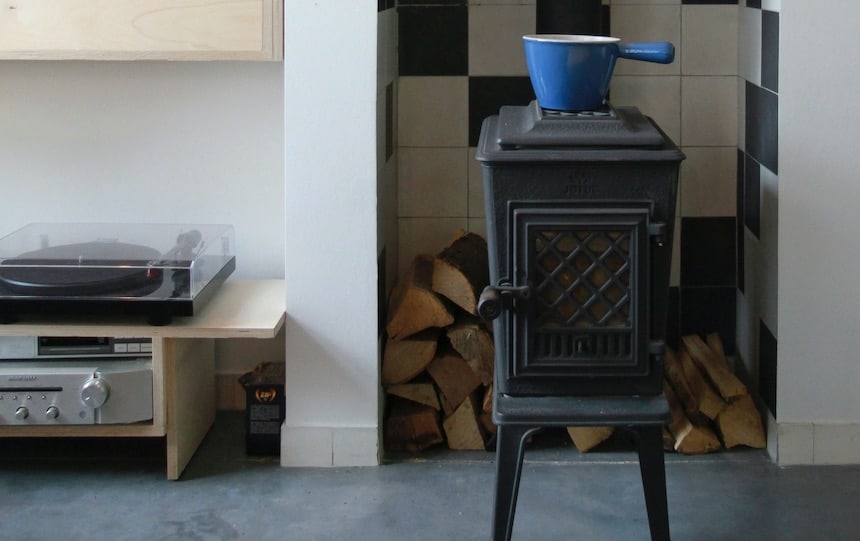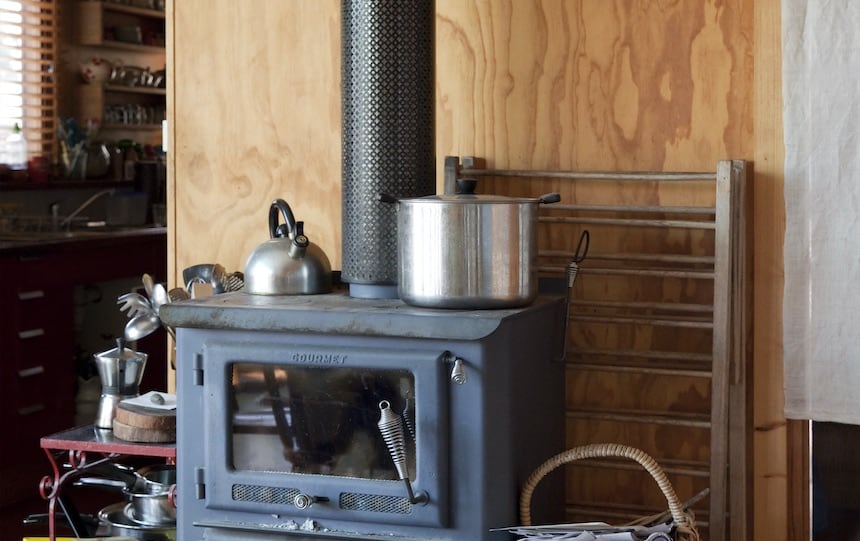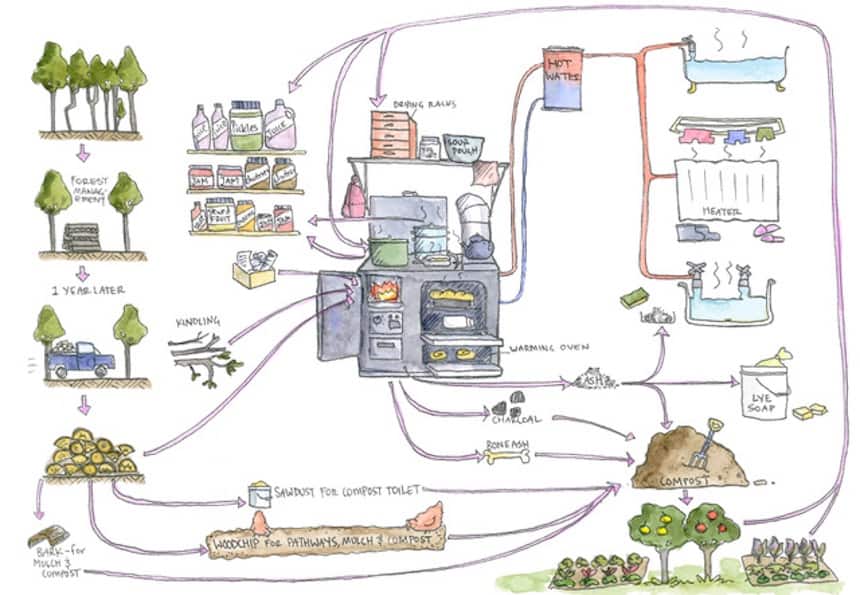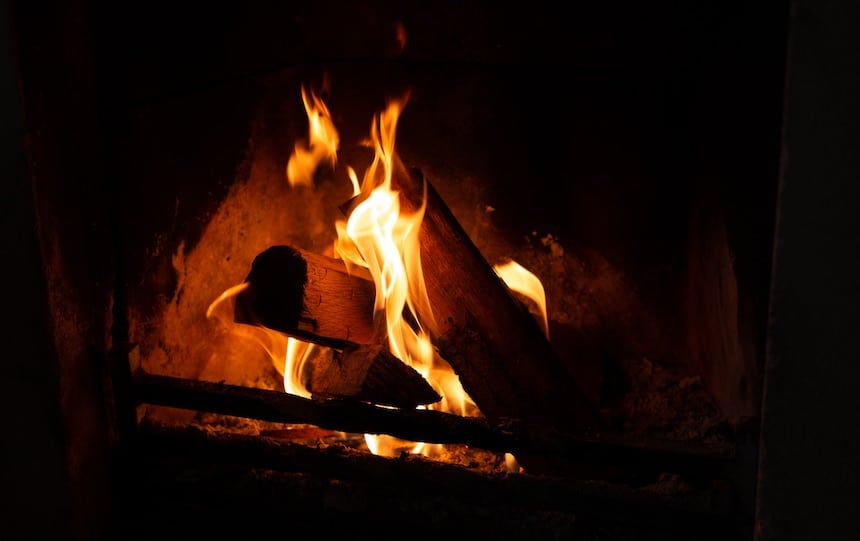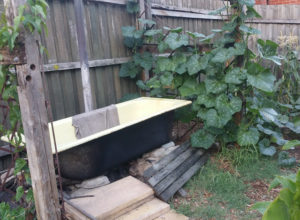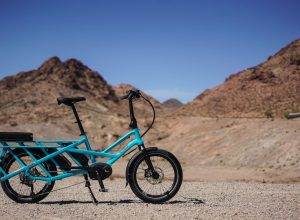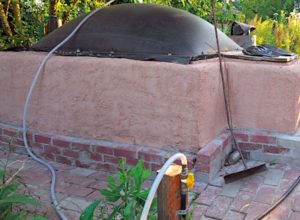We weigh up the benefits of wood heaters over coal powered heating and show you how to heat your home responsibly.
If you have a wood heater or are planning to buy one, you’ve probably noticed the wood heater buy-back schemes that have been in the news lately, due to concerns around smoke pollution.
And if you’ve read Issue #17 of Pip magazine you’ll see we have juxtaposed this with our wood heater buyers’ guide.
What’s a permaculture perspective on burning wood to heat your home… a good idea or not?
Wood heating versus electricity
Firstly, let’s look at the alternative to wood burning for heating your home – for the most part it would be coal powered electric heaters.
So the move away from wood heaters causes more people to become reliant on the electricity grid, which has its own foibles. Is this just shifting the pollution problem to where we can’t see and smell it?
If we compare greenhouse gas emissions of wood heating versus coal-powered electricity, wood heating comes out a clear winner.
A CSIRO lifecycle assessment reported that if you are using sustainably managed native forest timber that has travelled 400km, even in a 60% efficient wood heater, your greenhouse gas emissions are one tenth that of natural gas, which is one-third that of coal-fired electric heat.
Of course, if you have solar panels heating your home during the day using electricity is fine. However, very few people have battery storage and evenings are the primary time for heating the home.
Why use a wood heater
Around 10% of Australians use wood heaters to heat their homes – it reduces living costs and increases household self-reliance. And the benefits don’t end there.
One of the permaculture design principles is “each element performs many functions”. Wood heating can fulfil many more purposes than just heating your home:
- it can also dry your clothes (reducing the need to use an electric clothes dryer);
- it can heat your water (reducing your reliance on gas or electricity);
- it can cook your food (reducing gas and electricity), and;
- it can increase your skills in using fire and simple technology.
It really is a multi-purpose tool!
The proper way to use your wood heater
If you are going to use a wood heater, then you must absolutely use it in the most efficient way possible to avoid smoke pollution in homes and neighbourhoods.
This is even more important when you live in high-density city areas, especially on days when cloud cover traps pollution in, not allowing it to escape properly.
Here are seven tips on having the most efficient and least polluting wood heater in your home.
1. Buy the right wood heater
Assess the space you have and buy the right heater to fit (see our wood heater guide in the latest issue of Pip). If you buy a heater that is too big you will be constantly turning it down and this creates pollution.
Some types of wood heaters are incredibly efficient at burning wood, cutting down on timber costs and pollution.
2. Use only well-seasoned wood
Only burn wood that has been seasoned for at least one year, and possibly longer. Burning green wood will definitely create pollution and increase particulate matter.
Softwoods such as pine are lightweight and burn quickly thus producing more ash. Hardwoods are denser and will give a longer burn, producing more coals.
3. Burn wood correctly
Check your chimney regularly. If you are burning wood efficiently you won’t produce a lot of smoke.
When you light your fire using newspaper, small sticks and kindling, have the air vents open and it should burn hot quickly. Therefore you’ll produce smoke for no more than 20 minutes, by which time you will have added larger logs for a slower, more efficient burn.
4. Don’t crank it down
Don’t let your fire smoulder overnight as it is inefficient and creates unnecessary air pollution.
5. Ensure your wood heater is installed correctly
If you are unsure of how to install your wood heater correctly then please seek help from a licensed dealer and installer.
6. Keep up with regular cleaning and maintenance
Have your chimney or flue cleaned before winter. Creosote can build up if you have been burning unseasoned wood or having your fire smouldering overnight.
Check door seals, ash removal trays and firebricks to see if they need replacing.
7. Do not burn chemically treated wood or plastic rubbish
This creates pollution inside and outside the home.

